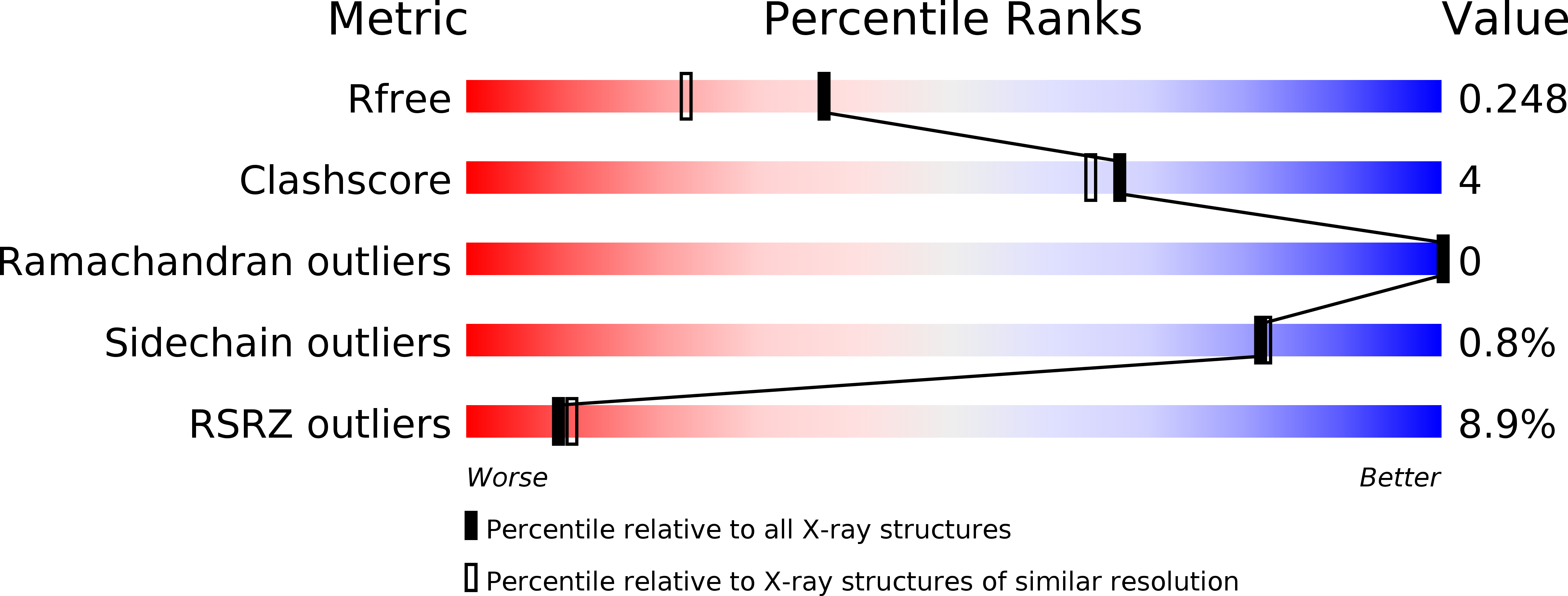
Deposition Date
2016-02-26
Release Date
2016-11-23
Last Version Date
2023-11-08
Entry Detail
Biological Source:
Source Organism:
Pyrococcus abyssi (Taxon ID: 272844)
synthetic construct (Taxon ID: 32630)
synthetic construct (Taxon ID: 32630)
Host Organism:
Method Details:
Experimental Method:
Resolution:
1.90 Å
R-Value Free:
0.24
R-Value Work:
0.20
R-Value Observed:
0.20
Space Group:
C 2 2 21


